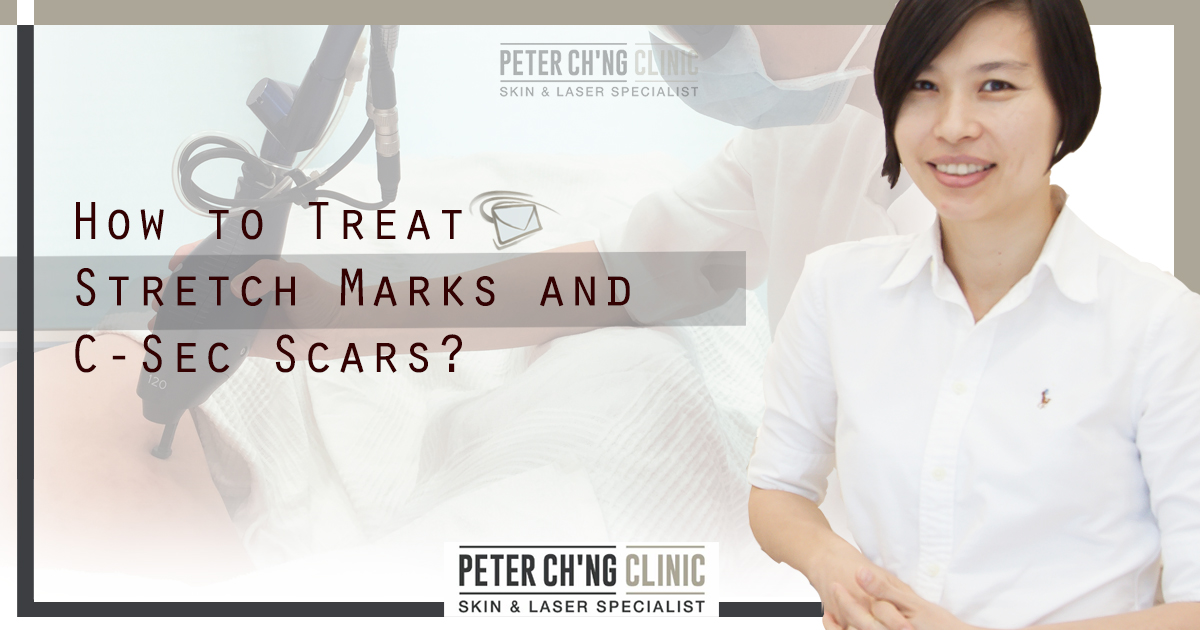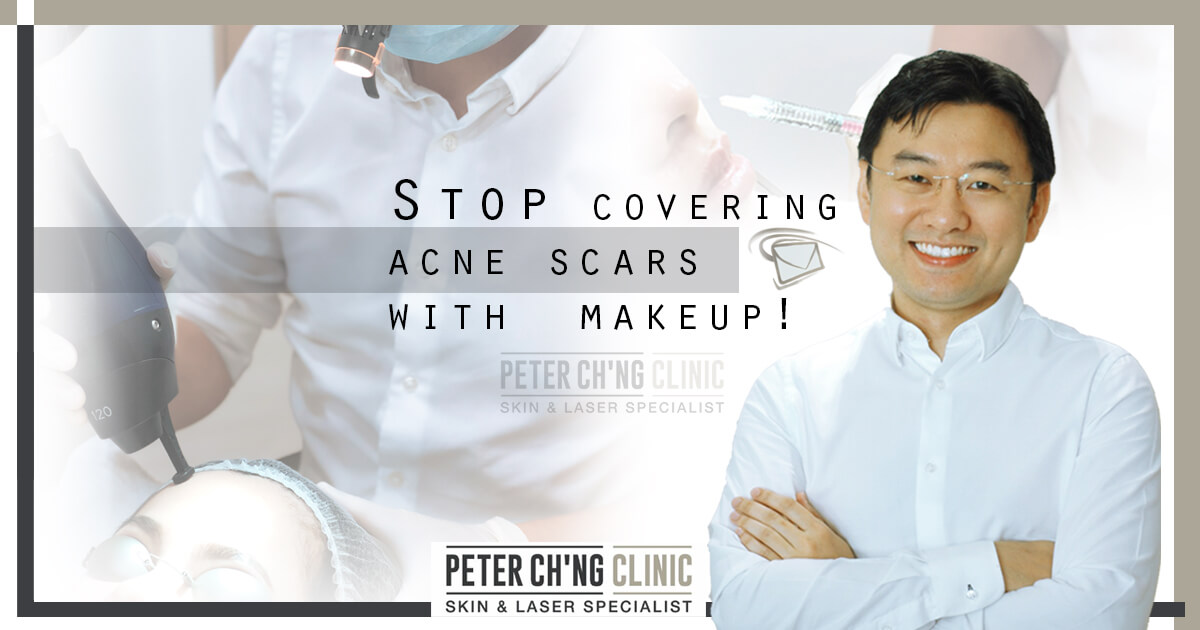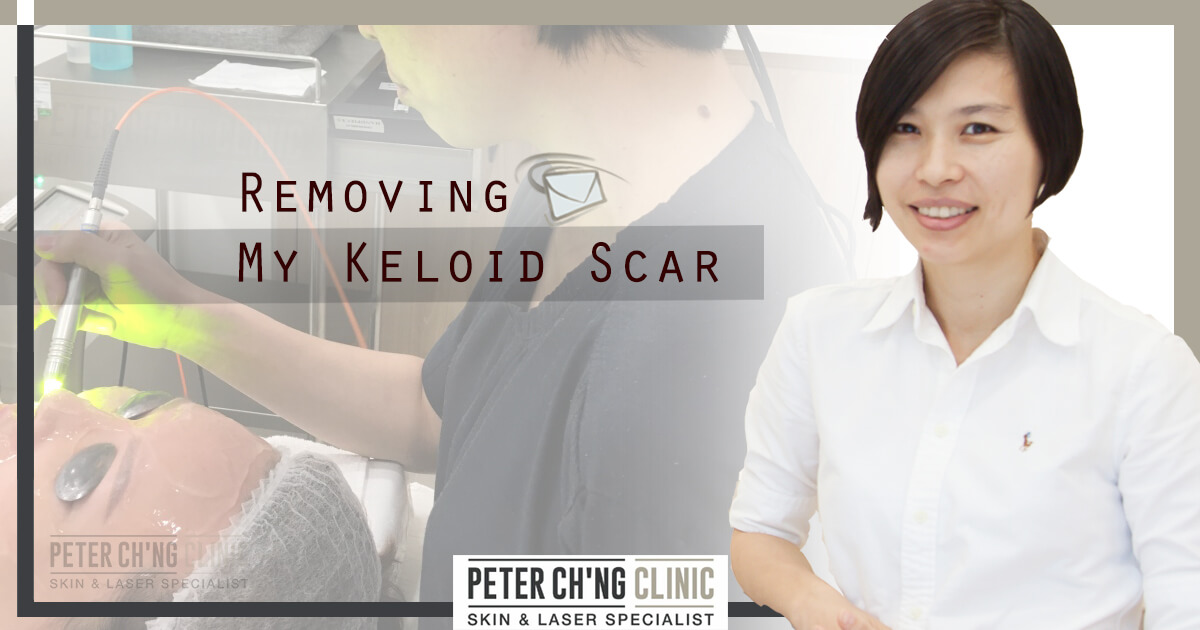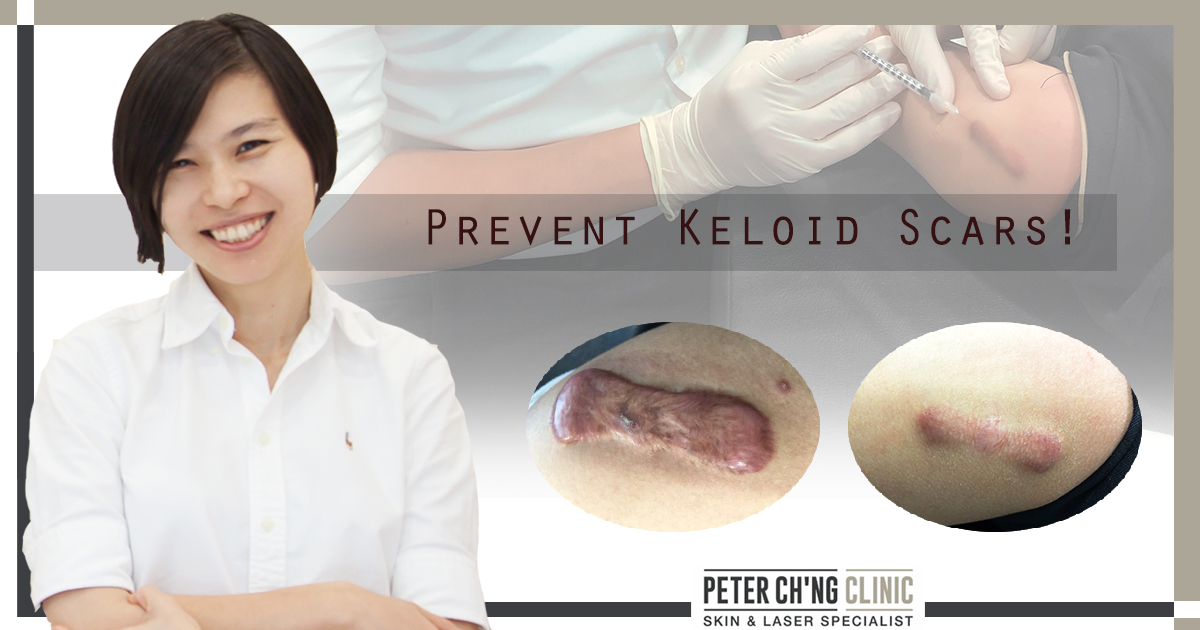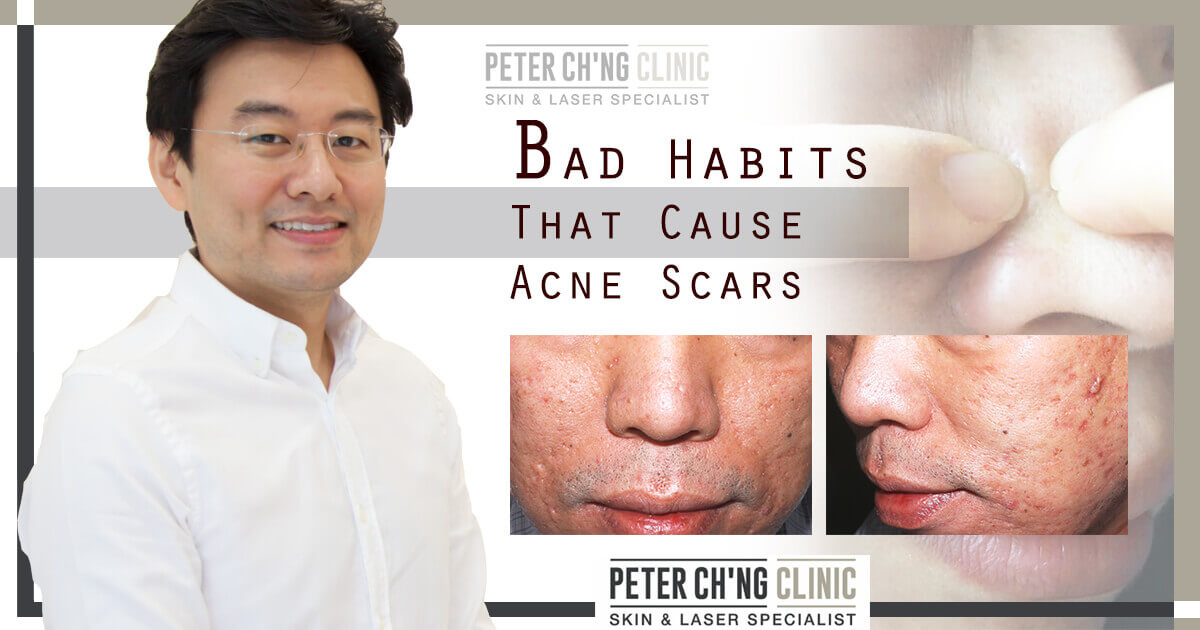Patient Mailbox: How to Get Rid of My Surgical Scar
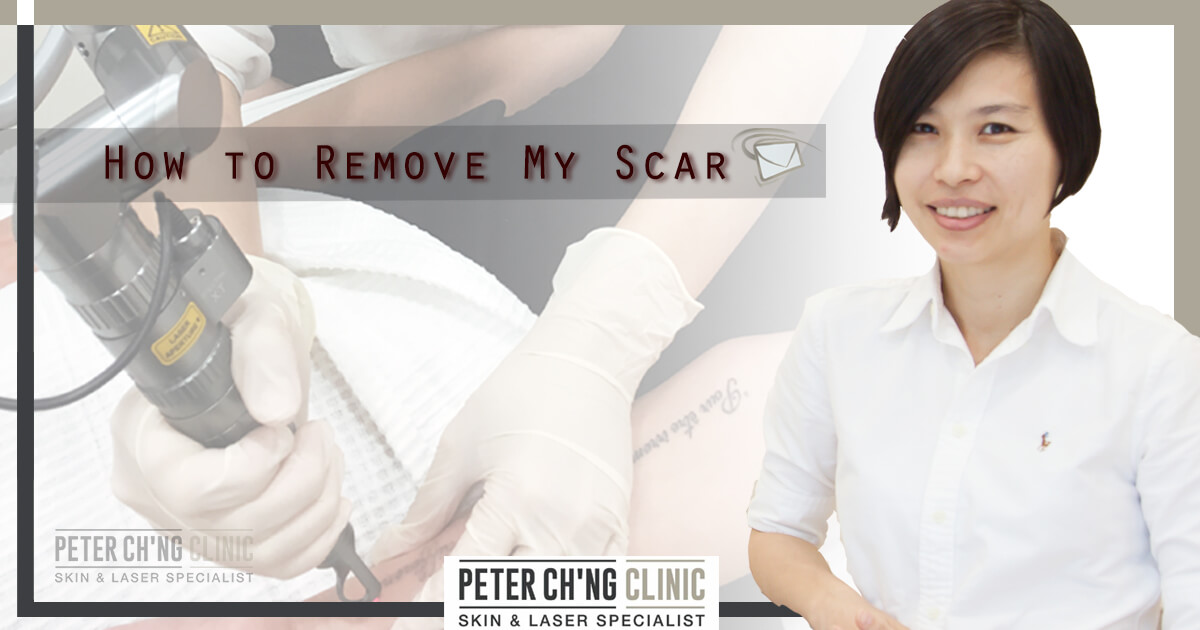
Hi! I’m Dr Loo Keng Shien.
Here's Episode 25 of the Patient Mailbox series, where we collect handpicked questions submitted by patients suffering from various skin diseases and condition, and personally answer them with our best efforts. I hope to help any one of you who face challenges from similar situations.
Editor’s Note: Dr Loo Keng Shien is a Consultant Aesthetic Physician with a special interest in Dermatology and Aesthetic Medicine. She has highly certified qualifications from the American Academy of Aesthetic Medicine, American Academy of Anti-aging Medicine, and in Practical Dermatology from Cardiff University. She currently practices at Peter Ch'ng Clinic Skin & Laser Specialist in Desa Park City.
Question:
Hi Dr Loo,
I’m Denise, 29 this year. I have this surgical scar on my forehead that has been with me since more than 10 years ago due to an injury requiring stitches. Is it possible to remove such an old scar?
I have always had bangs to cover it up but I’m really frustrated about not being able to pull my fringe back just because of the scar. What type of treatments can I have to remove the scar? Do they really work?
I have also noticed that my scar has become darker compared to when I just had it. Why is that?
Answer:
It is very normal to have scars develop on our skin after recovering from an injury or a surgery. And like in the case mentioned above, it is also possible for scars to turn darker in color after some time - due to several causes.
The darkening of the scars is due to inflammation. Our skin tends to be hyperpigmented or hypopigmented after inflammation.
When the blood vessels under the skin are exposed, or are swollen, the scars can also look redder than normal.
Different types of scars
Before we go through the treatments, I'll briefly explain the different types of scars that can develop on our skin.
The scars can be raised like a bump. We call these keloid or hypertrophic scars, usually from injuries or surgeries.
Or the scars can be in a depressed state, like a shallow hole on our skin. We call these depressed scars. Chicken pox scars are usually depressed and have coin-like appearances.
A hypertrophic scar is a scar tissue that has grown within the injury itself, creating a bump, whereas a keloid scar is a scar that has grown out of the injury itself, like the common BCG keloid scar we always see.

Acne scars have more variations. They can appear in the form of ice pick scars (deep, narrow holes), rolling scars (shallow, bumpy holes), or box-like scars (larger depressed scars).

The types of injury do not determine the type of scar you may get on your skin. But it is the severity of the injury, and any infection or inflammation that occur following the injury that may affect the outcome and appearance of the scar.
Some people are also more prone to developing certain types of scars compared to others. For example, some people are more prone to getting keloid scars from any injuries or surgeries, especially at the chest area.

Treating scars
When we talk about treatment for scars, we must first of all understand that scars are bound to be permanent, and cannot be removed completely.
However, what we can do is to lighten these scars with appropriate treatments so that they appear less obvious aesthetically.
Depending on the type of the scar and the desired results, the treatment methods can differ. I’ll go through the different treatments that I usually come across in our clinic with you here.
Fractional CO2 laser is the commonest treatment to treat any scars. During the treatment process, it creates micro injuries to the scars, invisible to the naked eye, and stimulates the skin to heal and rejuvenate, to create a new layer of skin over the scars.
There is a short downtime after the treatment, in the form of a swelling initially which then forms into a tiny scab on the skin that will be peeled off in a week.
Adding PRP (Platelet Rich Plasma) can help to fasten the healing process of scar removal treatment. PRP is the procedure to extract healthy plasma from your own blood and inject into the treatment area to improve healing and recovery.

A newer technology using Pico Laser is also a popular treatment choice these days. The treatment concept is similar to Fractional CO2 laser, but it is more efficient and the downtime is lesser and more manageable.

Latest studies have also shown that calcium hydroxyapatite injection can also be effective in scar removal. At proper and accurate dilution, it helps to stimulate collagen production beneath the scar tissues.
In any treatment however, it is very, very important to always remember to only get them from a verified and licensed doctor to ensure your safety and prevent any risk of mishandling of treatment procedures which can cause unwanted effects.
Some other treatments like microdermabrasion and needling can also be used to treat scars. However, the depth that these treatments can reach cannot of target-specific, so the results may not be as effective as laser treatments.
If your scar causes a discoloration on your skin, and this discoloration broadens to affect the skin surrounding the scar, we can use a pigment laser to treat this discoloration, and lighten the dark spots of the scar and its surrounding skin.

If you have chicken pox scars, which are usually depressed, procedures like subcision can help to release the adhesion and improved the depression.
If the depressed scar area is big, more treatment sessions may be needed to get rid of the scars. The downtime after a laser treatment for a scar on the body is also longer than a scar on the face.
After a scar removal treatment
Once again, scar removal treatments aim to lighten the scars rather than removing it completely.
Scar removal requires multiple treatment sessions at a planned interval schedule. Rushing to lighten a scar within a short period of time is not advisable, because it may cause more harm than good to the skin.
Also, sun protection for the skin after the treatment is very important to aid in the recovery.
For keloid scars, if you find your scar itchy or you find yourself scratching your scar, it is a symptom of a growing keloid scar. Seek for treatment immediately, an injection is required to stop the progression of the scar growth.
Keloid scars should also always be treated as soon as possible to prevent it from extending to a bigger area.

Removing old scars vs. new scars
What are the differences between removing an old scar versus a new scar?
Old scars tend to have fibrous tissue, so more treatment sessions are needed to lighten old scars.
New scars, on the other hand, may come with discoloration due to active blood vessels, so combination treatments to treat the scars and the discoloration at the same time may be needed.
Topical scar cream that you can find in pharmacies are also not useful for old scars especially.
Taking care of a newly formed scar
When you have an injury or a wound, seek treatment as early as possible. Be it bandaging the wound, cleaning the injured area, or get suturing (stitching) to close the wound as quickly as possible.
Prevent the scars from getting infected by bacteria. Take or apply antibiotics as prescribed by your doctor who treated you.
Minimise your movements in tense areas and the scar areas so that the scars won’t open up.
And lastly, keep the scar area clean all the time.
That's all for today. We’ll be looking at some of the common types of scars and how to treat them next week, stay tuned!

If you’d like to ask more about your skin condition or have a discussion with Dr Loo, call us at +6011-22882299, Whatsapp us, or book an appointment with Dr Loo here!
Treatments mentioned in this article :
Laser Treatments for Acne and Acne Scars
Laser treatments can reduce inflammation, as the laser light is absorbed by the haemoglobin (our red blood cells), and is useful for treating inflammatory acne.
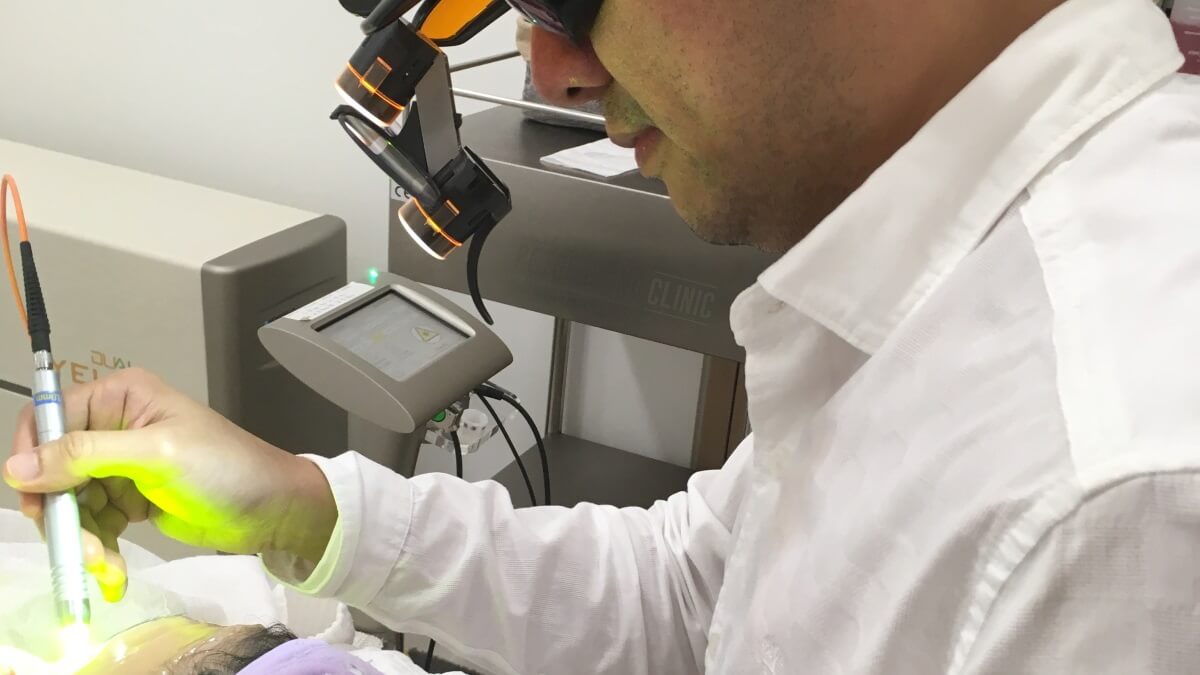
Laser Treatment for Scars and Keloids
Scars and keloids are caused by an overgrowth of tissues that usually develops during our skin healing process. They are most effectively treated with lasers.
